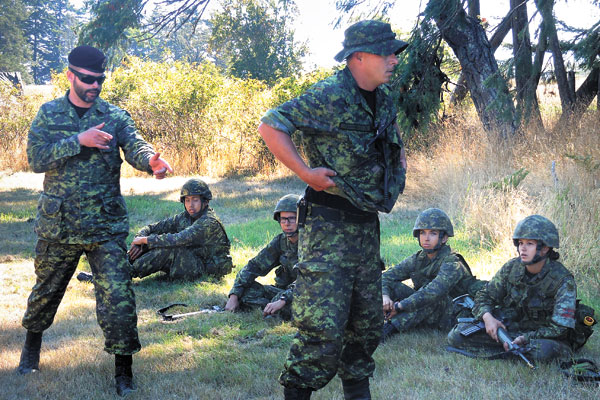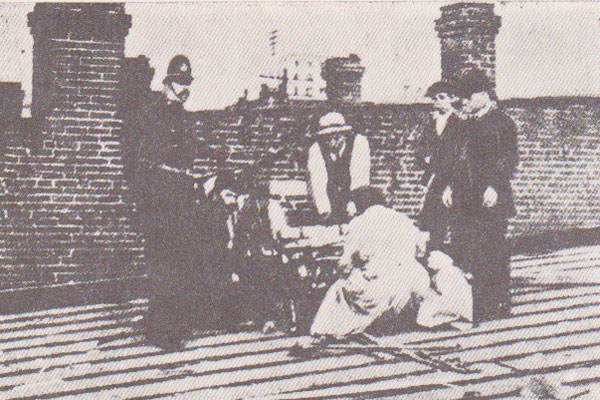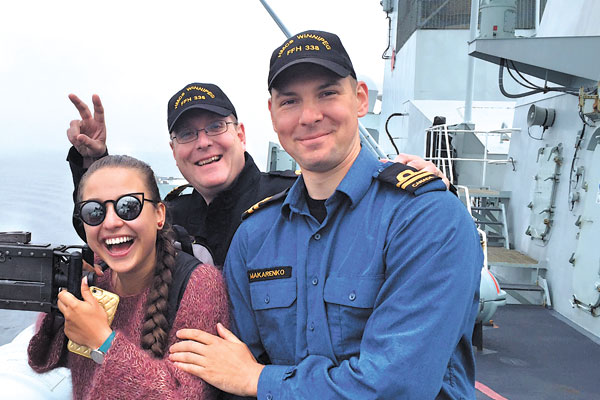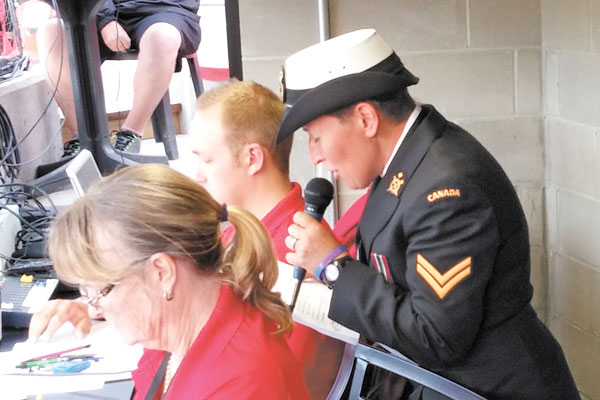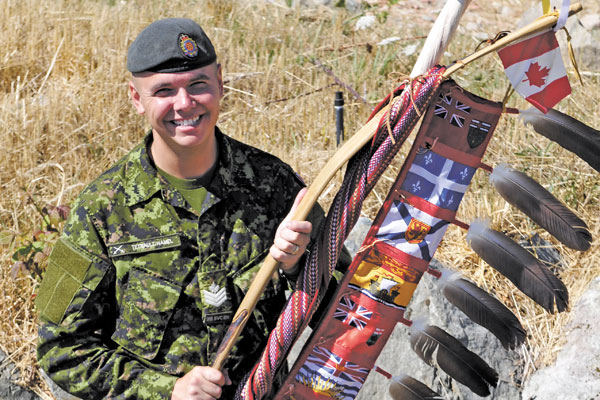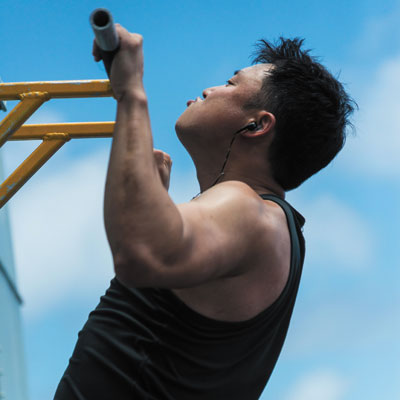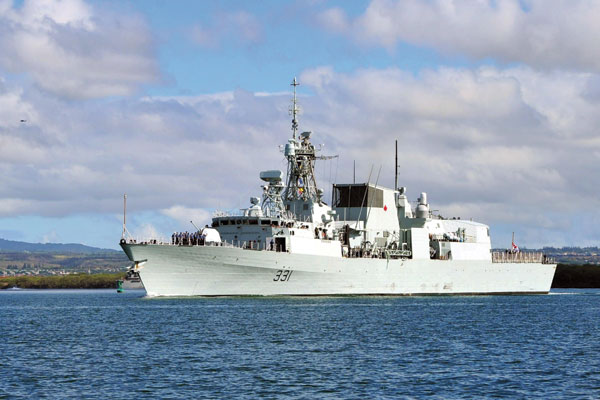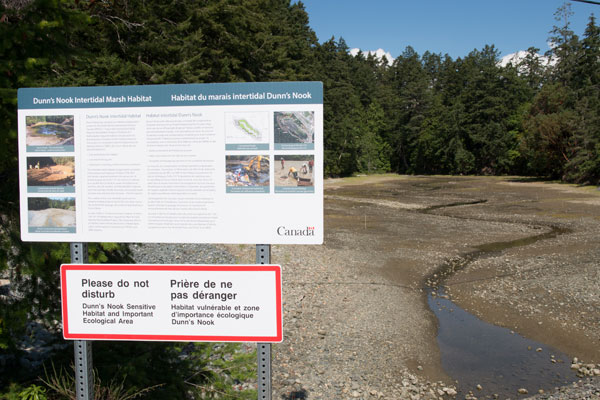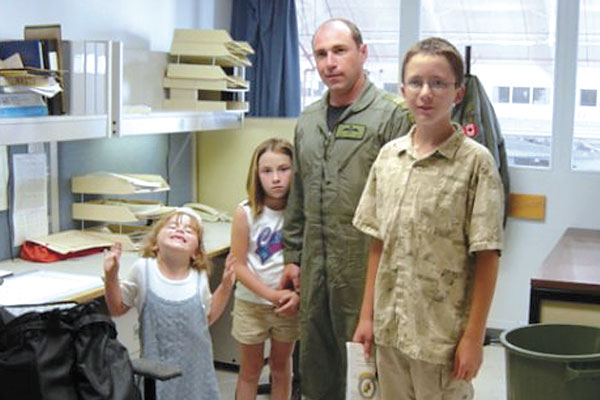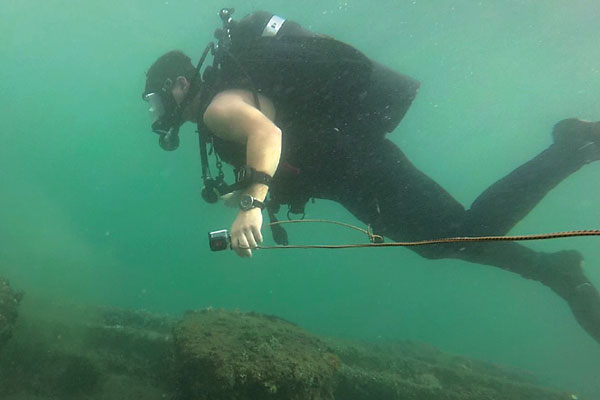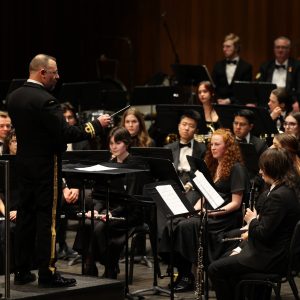Capt Hynes on the mark at National Pistol Championship
[caption id="attachment_13560" align="alignnone" width="300"] Captain Mark Hynes takes the gold medal for 25m Standard Pistol shooting at the 2016 Canadian National Pistol Championships in Toronto. Photos by Aaron Burns[/caption]Rachel Lallouz, Staff Writer ~Using a .22 calibre semi-automatic pistol, Captain Mark Hynes, a staff officer with J3 Land Operations for the Joint Task Force Pacific, brought home the gold medal in the 25 Metre Standard Pistol category of the National Pistol Championships in Toronto during the first week of August.He also brought home a bronze medal for the 50 Metre Pistol category, using a .22 calibre single shot pistol, and a gold medal in the 10 Metre Air Pistol category using a 0.177 caliber air pistol, plus another gold in the 25 Metre Centre Fire Pistol (semi-auto .32 caliber).A seasoned competitive shooter, Capt Hynes has been competing in the championships since 2009.“It was great to win, but I’m still seeing places I need improvement – a single point can change the whole score,” he says. “I don’t take these experiences for granted.”To prepare for the competition, he practiced core, cardio, and balancing exercises to help support his aim and stance. He also worked on breathing exercises to lower his heart rate while shooting, and visualization exercises to help keep him relaxed when competing.“Some days you are on, and you always have that sense of healthy anxiety that keeps you focused,” he says.He plans on competing as part of the Canadian Armed Forces CISM (Conseil International du Sport Militaire) shooting team in Doha, Qatar, this upcoming November.“Ultimately, I’m drawn to the challenge of it,” he says. “There’s a lot of challenge involved in making the shot perfect.”[caption id="attachment_13580" align="alignnone" width="450"] Captain Hynes aims to shoot at the 2016 Canadian National Pistol Championships at the Pan Am facility, located at the Toronto International Trap and Skeet Club, in Cooksville, Ontario.[/caption]


